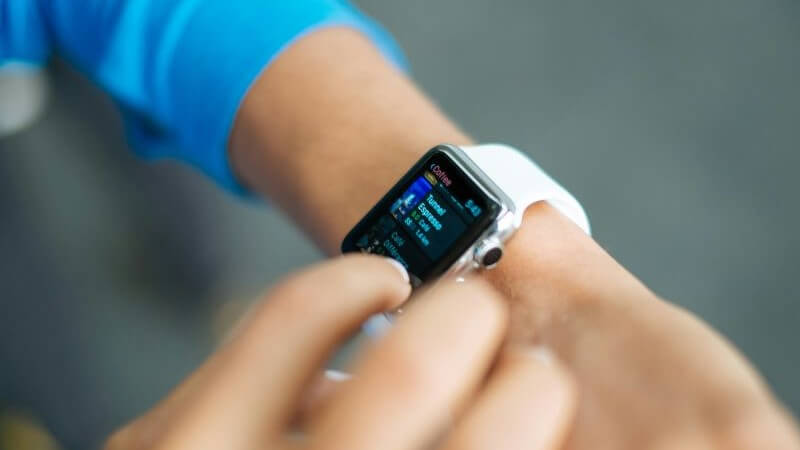
In recent years, smartwatches have evolved from simple timepieces to complex technological wonders. These wrist devices are no longer just extensions of our smartphones, but independent instruments. They have the potential to radically change the way we interact with technology every day. Consider a future where every interaction, health monitoring, and communication need is handled seamlessly through a wearable device.
The next generation of smartwatches pushes the boundaries of what is possible through innovative technologies. Because these enable deeper integration into our health management, our efficiency tools and our social network. This isn't a simple advance in display technology or battery life; it is a revolution in connected, personal and health autonomy that redefines the promise of technology.
New sensors, new possibilities: How advanced sensor technology is revolutionizing health monitoring
The latest generation of smartwatches integrates advanced sensor technologies that go far beyond basic functionality such as step counting and heart rate measurement. Innovative sensors can now continuously monitor blood sugar levels without invasive procedures, which is a revolution, especially for diabetics.
The integration of electrocardiogram (ECG) sensors into devices that are not much larger than an iPhone allows users to detect cardiac arrhythmias early and take preventative measures. Such technological advances in sensing open up new avenues for more precise and individualized health monitoring, allowing individuals to be more proactive about their health.
In addition, thermal sensors offer the possibility of monitoring changes in body temperature. This can be invaluable during times of global health crises. Additionally, this integration of advanced technologies into everyday devices sets new standards for what is technically possible.
Energy efficiency in focus: breakthroughs in battery technology for longer runtimes
One of the limiting factors when using wearable technology is battery life. Recent developments in battery technology aim to address this problem. With the introduction of micro-batteries that offer higher energy density, the intervals between charging processes are increasing significantly.
The use of solar cell technology in combination with kinetic energy generation, similar to the principle of a mechanical watch movement, could soon power a smartwatch that rarely needs to be connected to an external power source.
Developers are also experimenting with new energy management methods based on AI-based algorithms. In this way, they dynamically optimize energy consumption depending on usage patterns. These developments could lead to future smartwatches being able to operate much more autonomously from external energy sources. This significantly increases your everyday suitability and attractiveness.
Connected Worlds: Integrating Smartwatches into the IoT Ecosystem
The next generation of smartwatches is not just a device in itself, but an essential part of the Internet of Things (IoT). By connecting to other smart devices in the home, such as thermostats, lighting systems and even refrigerators, you can effectively control your home via your smartwatch.
Imagine coming home and your living room light turns on automatically. Plus, the heating adjusts to your preferred temperature and your smart fridge reorders milk because it's almost running out – all controlled by your smartwatch.
This type of connectivity not only simplifies everyday life, but also increases efficiency and energy management in a smart home. Additionally allows integration into security systems. This means you can always keep an eye on your home, even when you're not there.
Next level user experience: Innovative operating concepts and personalized interfaces
With the emergence of new technologies such as foldable displays and improved haptic feedback systems that provide a more realistic touch experience, interacting with smartwatches is becoming more intuitive and enjoyable. Future models could offer individually customizable interfaces. These adapt to the user's lifestyle not only in terms of presentation but also in functionality.
The ability to configure widgets and apps to suit personal preferences, much like purchasing and personalizing a refurbished iPhone, will foster an even closer relationship between user and device. Additionally, future developments in augmented reality could bring an overlay of digital information directly into the user's field of vision, seamlessly integrating interaction with the digital and physical worlds.
This could, for example, revolutionize navigation in unknown environments. Directional instructions and information about sights are displayed directly in the field of vision.
Source: https://www.basicthinking.de/blog/2024/04/19/smartwatches-neue-technologien/


